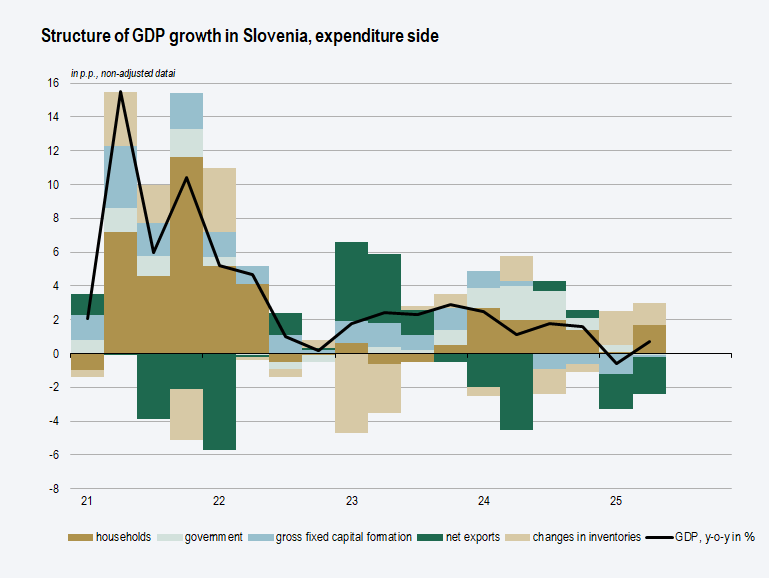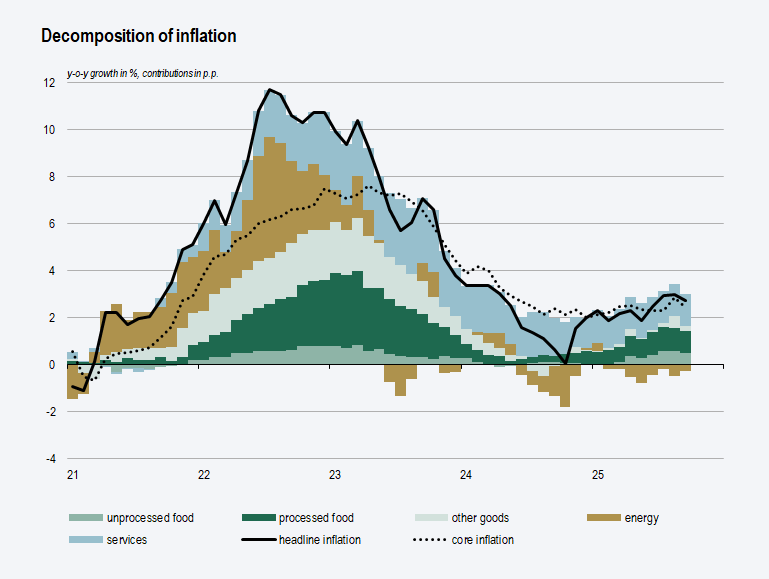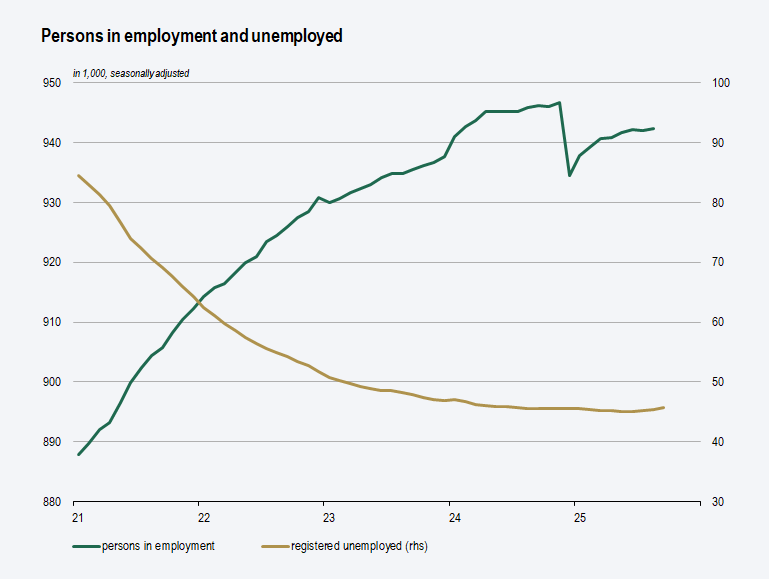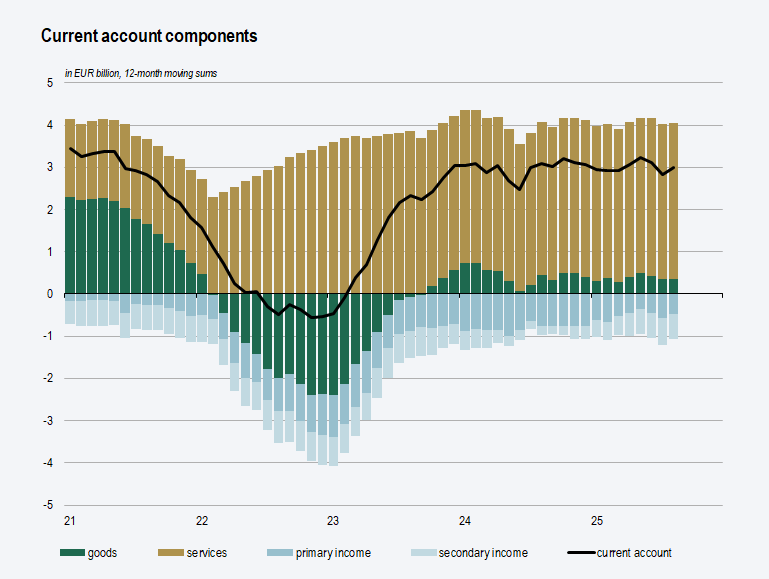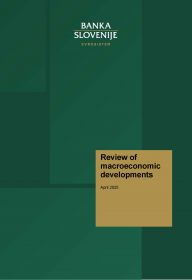
Macroeconomic environment

November 14, 2025
Third quarter sees encouraging economic growth
The Slovenian economy continued to expand in the third quarter. The year-on-year GDP growth was driven in particular by renewed impetus in investment and construction, but was still being held back by international trade.
Current posts
In focus
New tool for real-time assessment of economic growth in Slovenia
A new GDP nowcasting tool is now available on our website. The tool provides real-time estimates (nowcasts) of quarterly economic growth, offering an earlier insight into current economic developments before official GDP data are released. Similar approaches are also used by several other central banks, including the Bank of Finland and the Federal Reserve Bank of New York.
The estimate is based on a broad set of more than one hundred high-frequency indicators, covering data on economic activity and sentiment, the labour market, the balance of payments, financial markets and prices, as well as conditions in key export markets. The tool combines results from around 70 different model specifications, allowing for a display of both the average estimate and the confidence range. It is automatically updated, typically on Friday mornings, and does not represent an official projection of Banka Slovenije. The nowcast serves as an analytical support tool for monitoring economic developments. However, in periods of heightened volatility or following data revisions, results may differ from subsequently published official statistics.
For more information, see the Press Release.
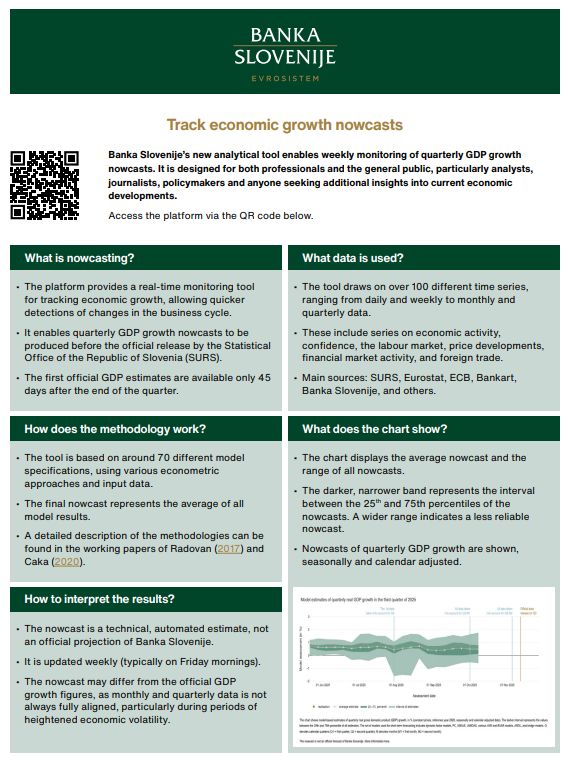
Model-based nowcasts of quarterly GDP growth
Current data
Economic publications
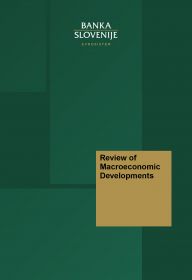
Review of macroeconomic developments, September 2025
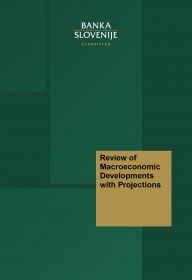
Review of macroeconomic developments and projections June 2025
Research publications

Luka Žakelj, Mojca Lindič: Immediate macroeconomic importance of the pharmaceutical sector
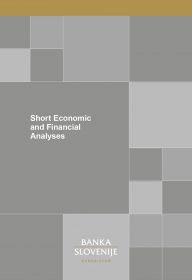
Gašper Ploj: SMA vs. ECB inflation forecasts: Which forecasts drive interest rate expectations in the euro area?

Neža Ahčin: The Impact of Credit Supply on Firms’ Green Transition in the Euro Area

